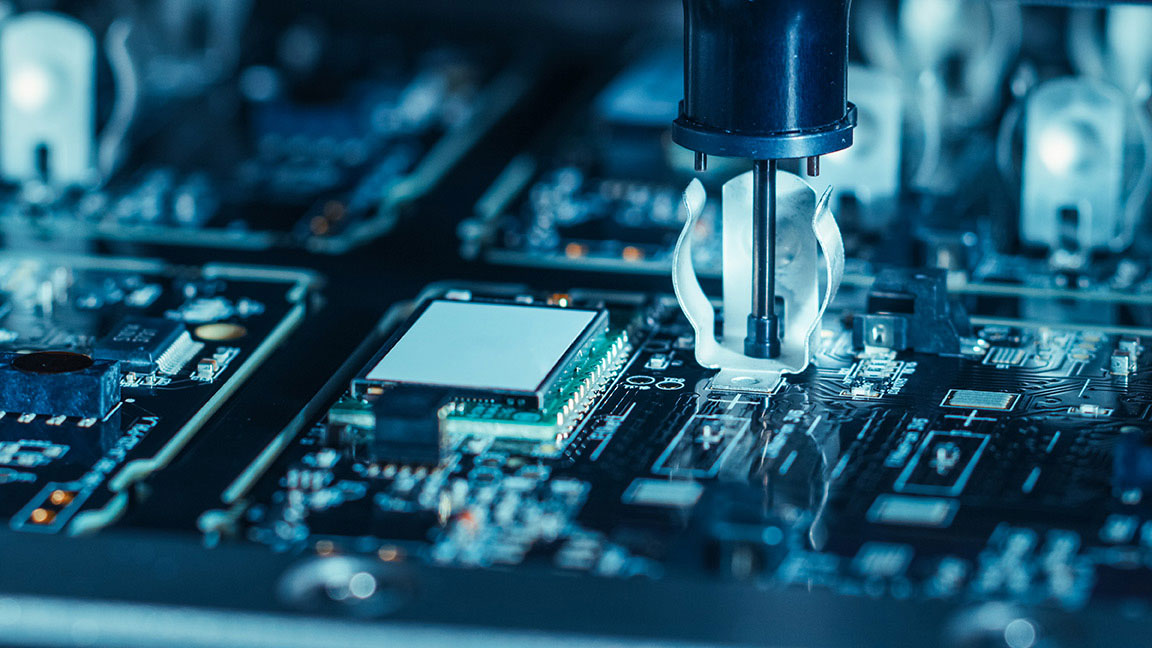Request A Quote
41 Spring Hill Rd, Saco,
ME 04072
ME 04072
LAW Calibration crafts a precise calibration of electrical and electronics that is accurate and reliable and done in a manner that satisfies all industry standards. Our services include

We offer professional calibration services in the following regions